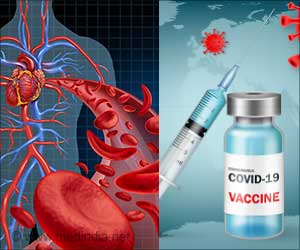Steps taken by trauma centers in response to COVID-19 is provided by a survey in the Journal for Healthcare Quality (JHQ), published in the Lippincott portfolio by Wolters Kluwer.

‘New study summarized the processes in trauma centers developed to protect the trauma patient and trauma care providers while providing optimal trauma care for patients.’
Read More..




"This information will be of value as trauma centers continue to respond and adapt to the pandemic, focusing on meeting the need for critical trauma services while protecting the health of trauma care teams," Dr. Bar-Or comments.Read More..
New processes to provide care at U.S. trauma centers, despite scarce resources.
As the pandemic took hold in the spring of 2020, hospitals struggled to provide care not only for patients with COVID-19, but also for other groups of patients in need of care that couldn't be delayed.
While the American College of Surgeons Committee on Trauma provided initial guidance on maintaining trauma center access, it was up to individual trauma centers to work out detailed processes for providing patient care.
"Trauma centers have a unique situation in that admissions for traumatic injuries are not scheduled and therefore cannot be cancelled or postponed," Dr. Bar-Or and colleagues point out. "Accordingly, they must prepare for an influx of patients with acute respiratory symptoms and continue care for patients with traumatic injuries."
Advertisement
The trauma centers reported varying changes to intubation protocols, and in the use of noninvasive ventilation approaches (CPAP or BiPAP).
Advertisement
The survey provides a snapshot of how trauma teams and hospitals met the need for essential trauma care through the first months of the Coronavirus crisis.
"This study summarized the processes that participating trauma centers developed to protect the trauma patient and trauma care providers while providing optimal trauma care for patients--without specific guidance from professional organizations," Dr. Bar-Or and colleagues conclude. "This was possible even when faced with scarce resources."
Source-Eurekalert










